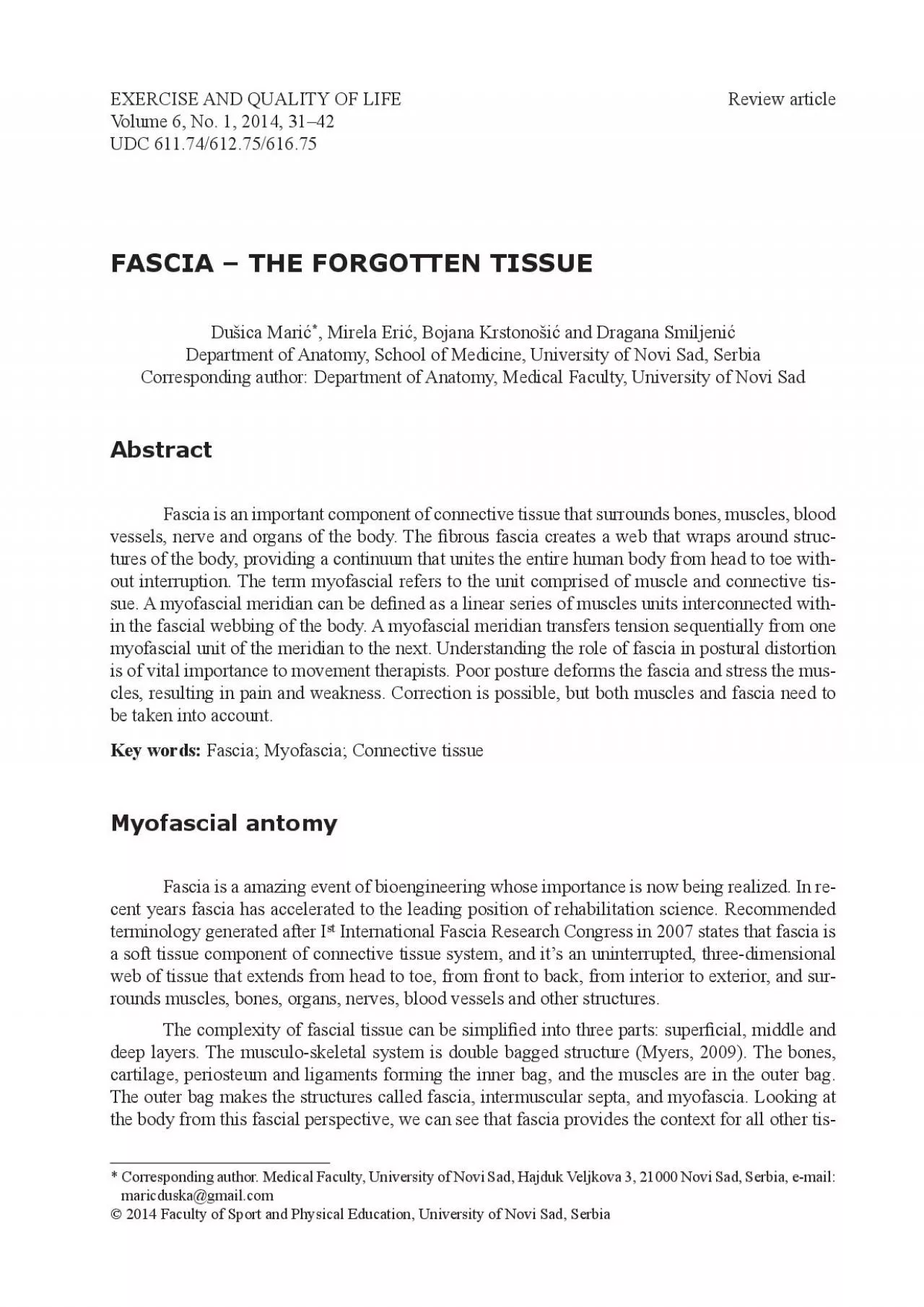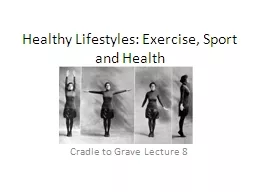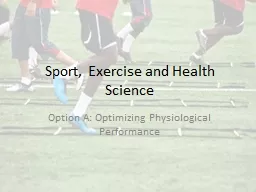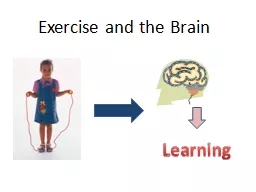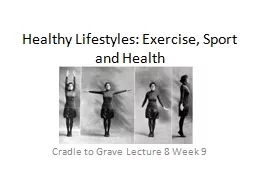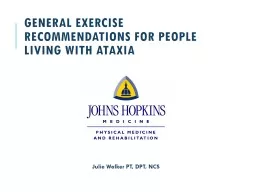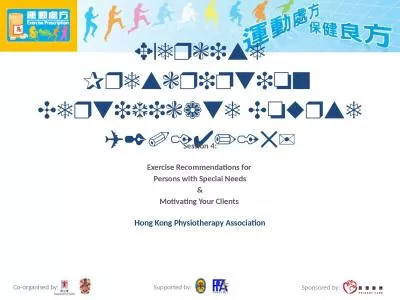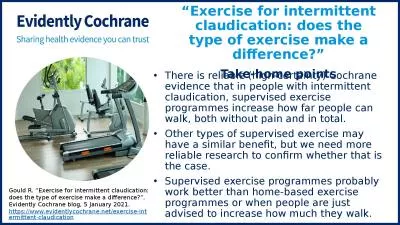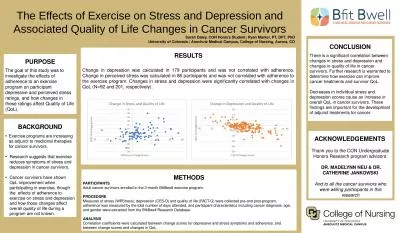PDF-EXERCISE AND QUALITY OF LIFEVolume 6 No 1 2014 3142UDC 611746
Author : queenie | Published Date : 2022-09-21
Corresponding author Medical Faculty University of Novi Sad Hajduk Veljkova 3 21000 Novi Sad Serbia email Fascia the forgotten tissue Dušica Marić Mirela Erić
Presentation Embed Code
Download Presentation
Download Presentation The PPT/PDF document "EXERCISE AND QUALITY OF LIFEVolume 6 No ..." is the property of its rightful owner. Permission is granted to download and print the materials on this website for personal, non-commercial use only, and to display it on your personal computer provided you do not modify the materials and that you retain all copyright notices contained in the materials. By downloading content from our website, you accept the terms of this agreement.
EXERCISE AND QUALITY OF LIFEVolume 6 No 1 2014 3142UDC 611746: Transcript
Download Rules Of Document
"EXERCISE AND QUALITY OF LIFEVolume 6 No 1 2014 3142UDC 611746"The content belongs to its owner. You may download and print it for personal use, without modification, and keep all copyright notices. By downloading, you agree to these terms.
Related Documents

